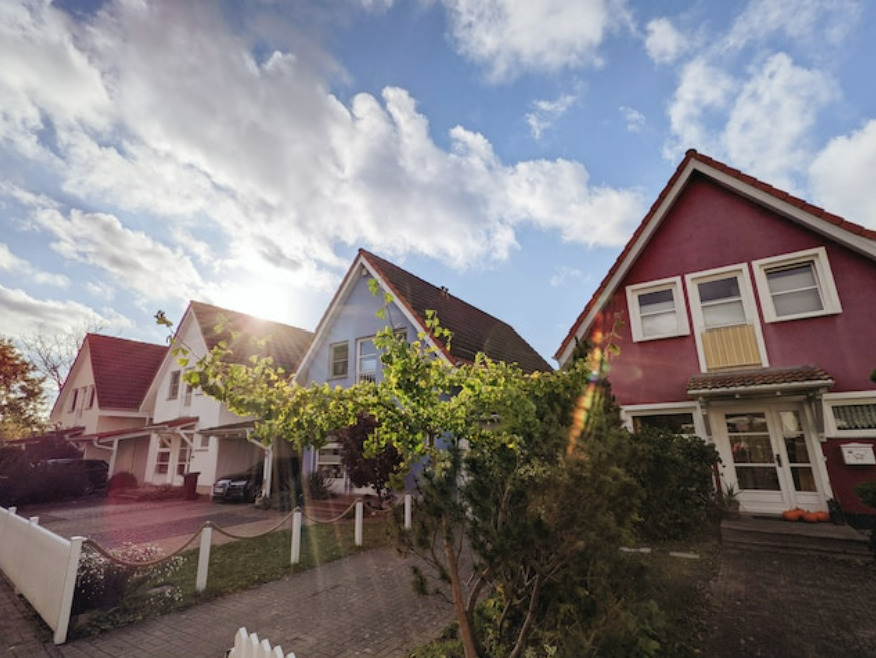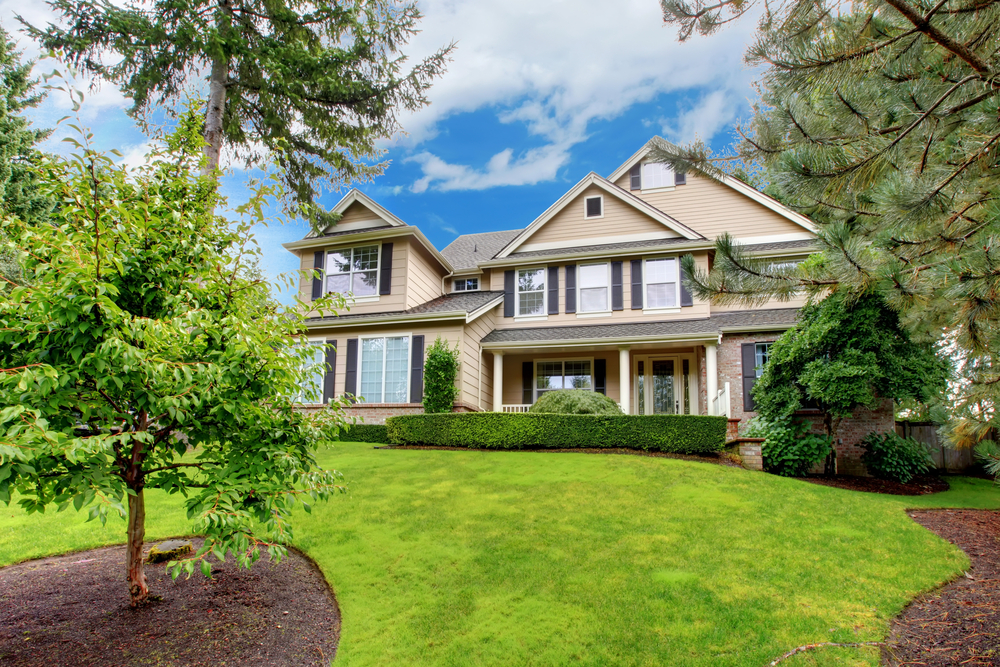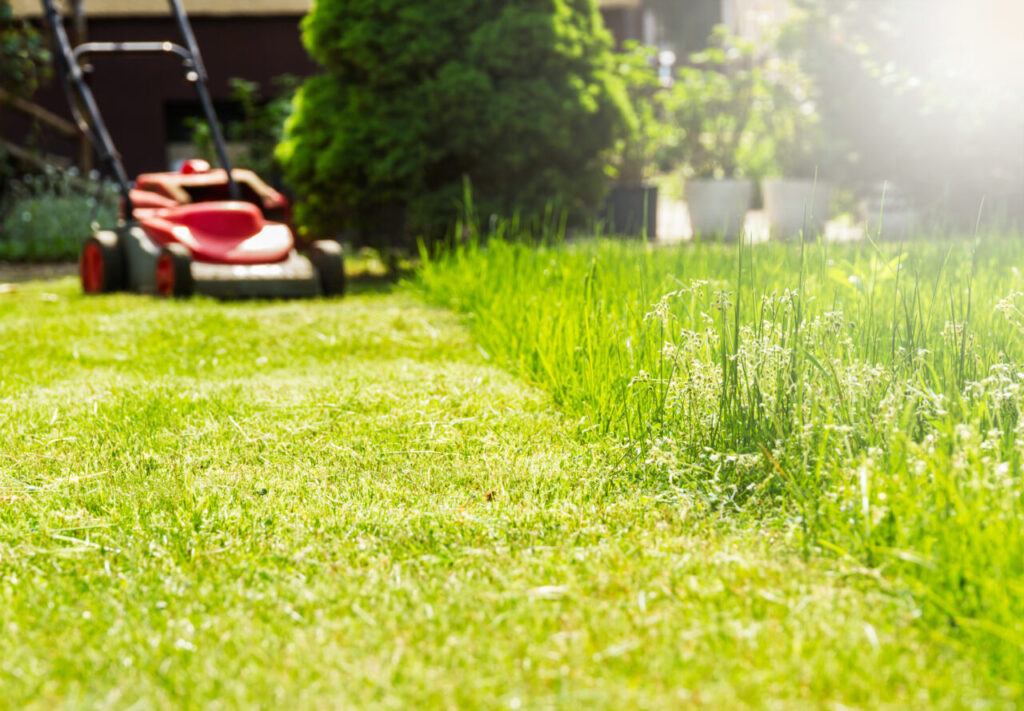There’s a lot to learn as a first-time homeowner. After weeks of internal inspections and walkthroughs, the lawn might be the last thing on your mind. Lawns, however, are an important part of homeownership that require dedication and care. A beautiful, well-maintained lawn or garden can even increase the value of your home.
Read MoreSmart Home Maintenance: 6 Strategies for Reducing Costs

As a homeowner, it’s important to have a plan for managing your home maintenance budget effectively. This is particularly true if you own multiple homes, as the cost of maintaining several properties can quickly add up.
Read on for some tips for managing your home maintenance budget effectively, whether you have one home or several.
Read MoreHow to Save on Lawn Care Expenses
A healthy lawn is important for owners and renters alike. Many condo and homeowners associations even require it.
But the grass always seems greener when the lawn care budget is higher. Lawn care can be expensive, with the cost of supplies, water, and energy needed to maintain its green.
Read More5 Common Causes of Dents and Scratches on Hardwood Floors
Dents that press deeply into the floor can appear, as can scratches that sharply sweep its surface. Careless mistakes happen in homes every day, but what are you and your family doing wrong that’s causing dents and scratches on the hardwood floors?
Continue reading to learn the five of the most common culprits and how you can minimize these damages.
Read MoreThe Dangers of Ignoring Home Maintenance
Being in charge of your home and property can be pretty exciting, but plenty of responsibilities come with it. One of the most critical responsibilities is performing consistent home maintenance. Here’s a look at what can happen if you ignore home maintenance.
Read More




